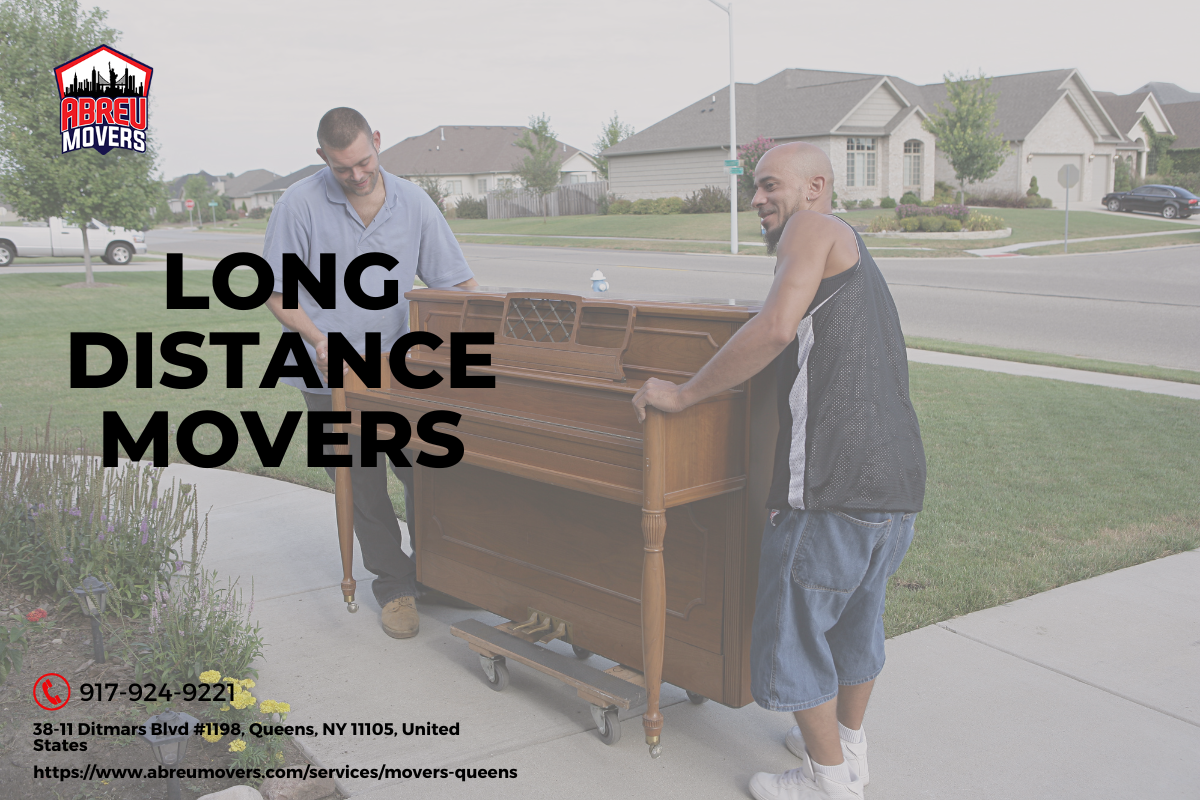


Interstate moving can be an exhilarating yet daunting task. Whether you're relocating for a new job, pursuing educational opportunities, or simply seeking a fresh start, navigating the logistics of long-distance moving requires careful planning and execution. In this article, we'll explore the essential do's and don'ts of interstate moving to ensure your transition is as smooth as possible. From selecting the right long distance movers to packing effectively, we've got you covered.
The Do's and Don'ts of Interstate Moving
Understanding Long Distance Moving
Long distance moving refers to relocating your belongings across state lines, typically involving a distance of over 100 miles. This type of move requires specialized planning due to the complexities involved compared to local moves.
Why Choose a Long Distance Moving Company?
When considering an interstate move, hiring professionals can make your life significantly easier. Long distance moving companies specialize in transporting belongings over large distances safely and efficiently. They understand the nuances of logistics, regulations, and potential challenges that may arise during transit.
Do: Research Your Options Thoroughly
Before you start packing, it's crucial to research various long distance moving companies. Look into their reputations, customer reviews, and services offered.
How to Evaluate Long Distance Movers?
- Check Reviews: Websites like Yelp or Google Reviews can provide insights into other customers' experiences. Get Quotes: Contact multiple long distance movers for quotes. This will give you an idea of what services fit within your budget. Verify Credentials: Ensure that any company you consider is licensed and insured.
Don't: Rush Your Decision-Making Process
Choosing a long distance mover shouldn't be a hasty decision. Taking http://charliejlcj586.tearosediner.net/interstate-vs-intrastate-moves-key-differences-explained your time allows you to compare all factors thoroughly.
What Can Happen If You Rush?
- Increased costs due to hidden fees. Poor service quality resulting in damaged belongings. Stress caused by unforeseen logistical issues.
Do: Create a Moving Checklist
A well-organized checklist can serve as your roadmap throughout the moving process.
What Should Be Included in Your Moving Checklist?
Timeline: Establish key dates for packing, loading, and arrival. Inventory List: Document all items being moved. Tasks: Break down tasks by week leading up to your move.Don't: Forget About Packing Supplies
Having appropriate packing supplies is essential for protecting your belongings during transit.
What Packing Supplies Will You Need?
- Sturdy boxes (various sizes) Packing tape Bubble wrap or packing peanuts Markers for labeling
Do: Label Everything Clearly
Labeling boxes not only makes unpacking easier but also helps movers know which items require special handling.
What Is the Best Way to Label Boxes?
Use clear labels that indicate both contents and destination rooms. Color code boxes based on room categories. Number boxes in correlation with your inventory list for easy tracking.Don't: Overpack Boxes
While it may be tempting to fill boxes to the brim, overpacking can lead to breakage or injury when lifting heavy items.
How Much Weight Is Too Much for Boxes?
General guidelines suggest keeping each box under 50 pounds for safety reasons while allowing ample cushioning material inside.
Do: Consider Insurance Options
When working with long distance movers, explore insurance coverage options that protect your valuables during transit.
What Types of Insurance Are Available?
Basic Coverage (released value protection) Full Value Protection Third-party insurance optionsDon't: Ignore State Regulations and Restrictions
Different states have varying regulations regarding interstate moves which can impact scheduling and logistics.
How Can You Stay Informed About Regulations?
Consult resources such as the Federal Motor Carrier Safety Administration (FMCSA) or state transportation departments for updated information concerning interstate moving laws.
Do: Plan Your Route Carefully
Planning your route ahead of time ensures you avoid any surprises along the way—like road closures or construction zones!
What Tools Can Help You Plan Your Route?
Utilize GPS navigation apps that provide real-time traffic updates and alternative routes based on current conditions.
Don't: Underestimate Time Requirements for Loading/Unloading
Moving is often more time-consuming than anticipated; be sure to allocate enough time for each phase of the process.
How Can You Improve Efficiency During Loading/Unloading?
Assemble help beforehand—friends or hired help can speed things along. Have an organized system in place before unloading at your new location (think designated areas).Do: Prepare Emotionally for Transitioning States
Relocating isn’t just about physical transport; emotional readiness plays a significant role too!
What Strategies Can Help Ease Emotional Strain?
Stay connected with friends through video calls. Explore online communities related to your new area before arriving. Create a farewell plan with loved ones who will miss you!Don't*: Neglect Post-Move Administration Tasks
Once you've settled into your new home after using interstate moving companies, there are still administrative tasks that need attention!
What Administrative Tasks Are Essential After Moving?
- Update mailing addresses with USPS and relevant institutions (banks/services). Register vehicles if necessary according to state laws. Familiarize yourself with local services (utilities/groceries/healthcare).
FAQs
Q1: What should I look for when choosing long distance movers?
A: Look for reviews, licensing information, services offered, cost estimates, and experience in handling interstate moves.
Q2: How far in advance should I book my interstate move?
A: Ideally, book at least 6–8 weeks prior to ensure availability and enough time for planning on both ends of the move.
Q3: Are there hidden fees associated with long-distance moves?
A: Yes! Always ask about potential additional charges such as fuel surcharges or fees for stairs/elevators during loading/unloading processes before signing any contracts.
Q4: How do I handle fragile items during my move?
A: Use plenty of bubble wrap or packing paper around fragile items; label these boxes clearly so movers know they require special care!
Q5: What happens if my belongings are lost or damaged during transit?
A: Depending on which insurance option you chose when booking your mover’s service; compensation may vary but filing claims promptly is crucial!
Q6: How can I ease my children’s transition when relocating?
A: Discuss plans openly with them—acknowledge their feelings! Involve them in decisions about their new room/school & encourage exploration once settled in!
Conclusion
Moving across state lines involves numerous considerations—from selecting reputable long distance movers to preparing emotionally for change—but following these do's and don'ts will streamline this process significantly! By taking proactive steps toward organization while remaining flexible amidst challenges ahead—you’ll find success lies not only within preparation but also within adaptability as well!
With proper planning and informed choices at every step along this journey—the thrill awaits upon arrival at that fresh chapter awaiting just beyond those borders!